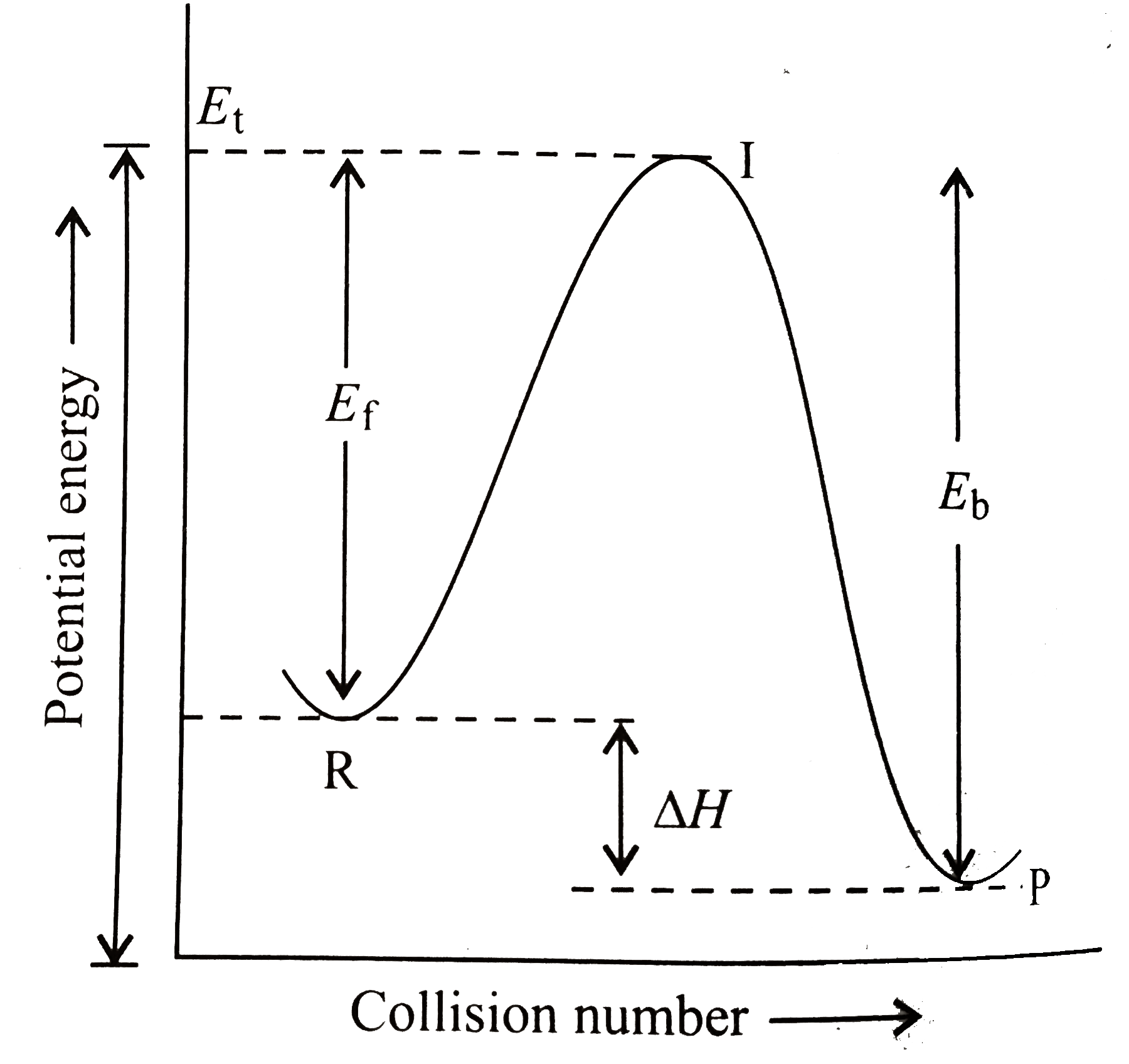By which activation energy calculate :
At a constant temp.
At two different temp.
For reversible reaction
For volatile reaction
The correct Answer is:B
To determine the activation energy (Ea) of a chemical reaction, we can use the Arrhenius equation, which relates the rate constants of a reaction at two different temperatures. Here’s a step-by-step solution:
Step 1: Understand Activation Energy
Activation energy is the minimum energy required for a chemical reaction to occur. It is a crucial factor in determining the rate of a reaction.
Step 2: Recall the Arrhenius Equation
The Arrhenius equation can be expressed as:
k=Ae−EaRT
where:
- k is the rate constant,
- A is the pre-exponential factor,
- Ea is the activation energy,
- R is the gas constant,
- T is the absolute temperature in Kelvin.
Step 3: Use the Two-Temperature Form of the Arrhenius Equation
To calculate the activation energy, we can use the form of the Arrhenius equation that involves two different temperatures:
logk2k1=EaR(1T1−1T2)
where:
- k1 and k2 are the rate constants at temperatures T1 and T2, respectively.
Step 4: Identify the Correct Option
From the options provided:
1. At a constant temperature
2. At two different temperatures
3. For reversible reactions
4. For volatile reactions
The correct option is "at two different temperatures" because the activation energy can be calculated by comparing the rate constants at these two different temperatures.
Conclusion
Thus, the activation energy is calculated using the rate constants at two different temperatures, making option 2 the correct answer.
---
Activation energy is the minimum energy required for a chemical reaction to occur. It is a crucial factor in determining the rate of a reaction.
The Arrhenius equation can be expressed as:
k=Ae−EaRT
where:
- k is the rate constant,
- A is the pre-exponential factor,
- Ea is the activation energy,
- R is the gas constant,
- T is the absolute temperature in Kelvin.
To calculate the activation energy, we can use the form of the Arrhenius equation that involves two different temperatures:
logk2k1=EaR(1T1−1T2)
where:
- k1 and k2 are the rate constants at temperatures T1 and T2, respectively.
From the options provided:
1. At a constant temperature
2. At two different temperatures
3. For reversible reactions
4. For volatile reactions
Thus, the activation energy is calculated using the rate constants at two different temperatures, making option 2 the correct answer.
Similar Questions
Knowledge Check
Activation energy is required for :
Aexothermal reactionsBendothermal reactionsCenzyme mediated reactionsDstarting all biochemical reactions
What is activation energy.
View SolutionReaction with low activation energy are ............ and the reactions with high activation energy are ...........
View SolutionReaction with low activation energy are ............ and the reactions with high activation energy are ...........
View SolutionReaction with low activation energy are ............ and the reactions with high activation energy are ...........
View SolutionA colliison between reactant molecules must occur with a certain minimum energy before it is effective in yielding Product molecules. This minimum energy is called activation energy Ea Large the value of activation energy, smaller the value of rate constant k. Larger is the value of activation energy, greater is the effect of temperature rise on rate constant k.

Ef= Activation energy of forward reaction
Eb= Activation energy of backward reaction
ΔH=Ef−Eb
Ef= threshold energy
The rate constant of a certain reaction is given by k=Ae−Ea/RT
(where A= Arrhenius constant). Which factor should be lowered so that the rate of reaction may increase?
View SolutionActivation energy of the reaction is :
View SolutionDraw a graph which is used to calculate the activation energy of a reaction. Give the appropriate expressions used to calculate the activation energy graphically.
View Solution
